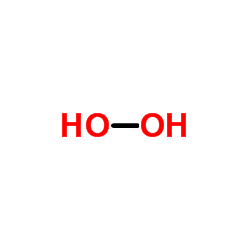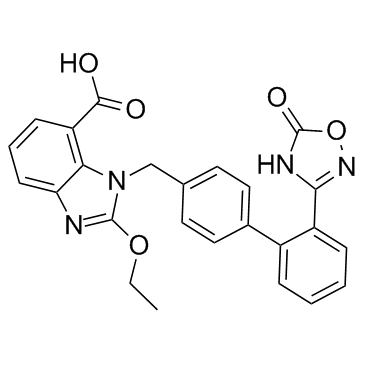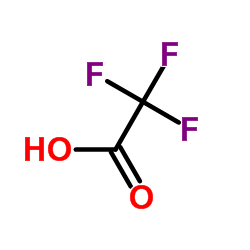| Structure | Name/CAS No. | Articles |
|---|---|---|
 |
Sodium hydroxide
CAS:1310-73-2 |
|
 |
Acetonitrile
CAS:75-05-8 |
|
 |
Hydrogen peroxide
CAS:7722-84-1 |
|
 |
Hydrochloric acid
CAS:7647-01-0 |
|
 |
Potassium
CAS:7440-09-7 |
|
 |
3-Ethyl-2,4-pentanedione
CAS:1540-34-7 |
|
 |
potassium hydride
CAS:7693-26-7 |
|
 |
Azilsartan
CAS:147403-03-0 |
|
 |
trifluoroacetic acid
CAS:76-05-1 |